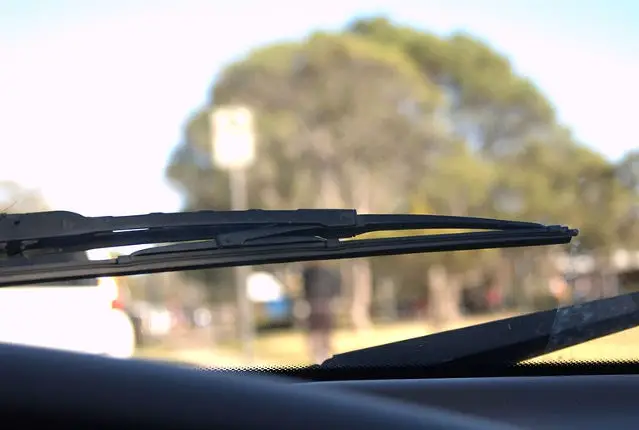Last week, ahead of the extraordinary meeting that was being held discuss the major junction works at St Mary’s roundabout, People Powered CIC (PPCIC) issued a briefing note, which they said provided enough evidence to pause and reconsider the scheme.
The Isle of Wight council (IWC) have this week hit out saying the information provided was “selective” and “not a robust assessment”, an accusation refuted by the team at PPCIC.
The IWC statement comes after Wednesday’s extraordinary full council meeting, where the traffic modelling used by the Isle of Wight council for the scheme was questioned by opposition councillors.
IWC: “Selective” and “not robust”
Following the meeting a spokesperson for the IWC said,
“Our transport planning consultant has reviewed the information provided by PPCIC and concluded it is selective and not a robust assessment which establishes any case for revisiting the traffic modelling.”
PPCIC: It’s “absolutely not selective”
Will Ainslie from PPCIC responded,
“The information PPCIC supplied is absolutely not selective. It stands on its own and is central to the question of whether or not traffic forecasts for the St Mary’s junction are realistic or not.
“The National Trip End Model (NTEM) used to forecast 22% traffic growth at the junction by 2034 is the same model that in 2008 forecast a 26% increase in traffic by 2020.
“As at 2018, according the Department for Transport’s own count data, traffic had actually decreased by 1%. This massive overestimate of traffic growth provides grounds to question the new forecasts to 2034.”
IWC: Using an “internationally recognised transport planning consultancy”
The Isle of Wight council say the St Mary’s scheme is the work of an “internationally recognised transport planning consultancy”.
“Traffic modelling used in the St Mary’s scheme has been developed by an internationally recognised transport planning consultancy.
“The modelling indicates the existing roundabout will experience severe capacity issues in 2034 – the end of the Local Plan period – with significant queuing at peak times.
“A number of potential improvements were reviewed and tested and the current St Mary’s scheme – two linked signal-controlled junctions – was found to offer the best solution.”
PPCIC: Designs based on likely over-estimates of traffic growth
Will from PPCIC went on to say,
“We have not stated that increased capacity at the junction will not be required at some point in the future, simply that the designs of the current scheme are based on likely over-estimates of traffic growth.
“This had led to designs that favour unrealistically high traffic volumes to the exclusion of other modes (walking, cycling, public transport).”
IWC: Actual traffic counts undertaken in 2017
The IWC also add,
“For example, traffic modelling suggests that by 2034 the existing roundabout would experience queues of 157 vehicles southbound on Medina Way in the morning peak period, and 200 vehicles leaving the Dodnor Industrial Estate during the evening peak.
“This compares to significantly reduced queues of 20 and 40 vehicles, respectively, under the new junction arrangements.
“The modelling has been informed by actual traffic counts undertaken in 2017, projected to 2034 based on the current industry standard best predictions.”
PPCIC: Still a need for critical analysis
Will Ainslie finished by saying
“We are fully aware that the traffic growth projections are based on a National Model, used by the Dept for Transport. Our view is that this in no way negates the need for critical analysis of whether the approach is the best one to achieve the sort of future transport network we want to see on the Island.
“The model’s accuracy at a national level has been criticised by various well-regarded academics who specialise in this field, and our own analysis of the results at a local level suggest these concerns are very real on the Isle of Wight as well.”





